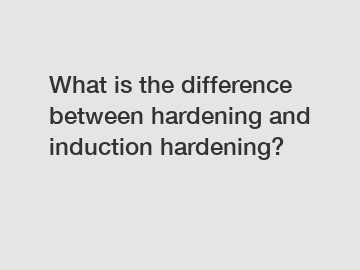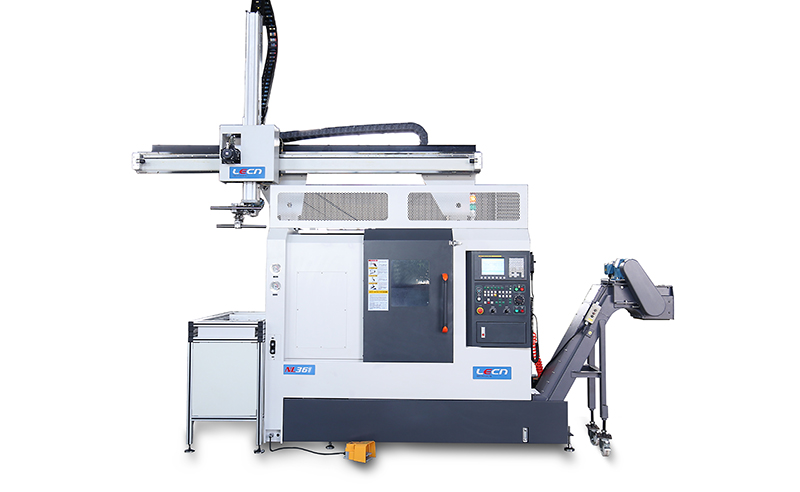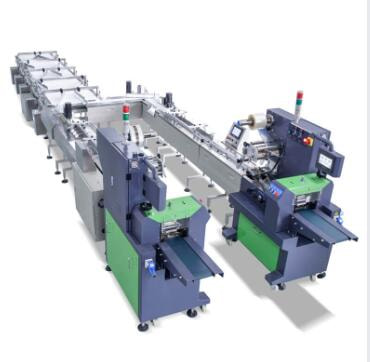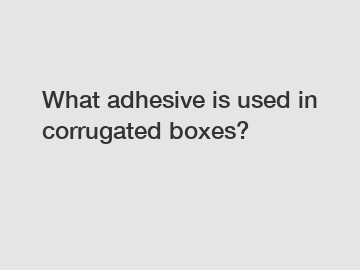What is the difference between hardening and induction hardening?
In the realm of metallurgy, heat treatment methods hold the key to unlocking the desired mechanical properties of metals. Two widely used techniques, namely hardening and induction hardening, are instrumental in enhancing the strength and durability of metal parts. While these processes share a common goal, they differ in their approaches and applications, uncovering distinctive benefits for various industries. In this article, we will delve into the dissimilarities between hardening and induction hardening, shedding light on their respective advantages and applications in the manufacturing world.
The Basics of Hardening:
Hardening is a heat treatment process that involves subjecting a metal to high temperatures, followed by an abrupt cooling or quenching method. The aim behind this process is to modify the microstructure of the metal, improving its hardness, strength, and wear resistance. Hardening is often utilized in industrial applications, where the metal needs to withstand harsh conditions, such as heavy loads, high temperatures, or abrasive environments.

During the hardening process, the metal is heated to a temperature above its critical point, typically ranging from 800°C to 950°C, depending on the type of metal. Subsequently, the metal is quenched in oil, water, or special polymer solutions to cool it rapidly. This rapid cooling alters the crystalline structure, transforming the metal's properties and making it harder and more resistant to deformation.
Delving into Induction Hardening:
Induction hardening, on the other hand, is a specialized form of hardening that focuses on selective areas of a metal component. This technique utilizes electromagnetic induction to heat only specific regions, offering precise control over the hardening process. Induction hardening is predominantly used for components that require localized hardening, such as gears, shafts, or cams.
The process of induction hardening involves positioning the component in an induction coil. High-frequency alternating electric current is passed through the coil, generating a magnetic field. This magnetic field induces eddy currents within the component, causing localized heating. Once the desired temperature is reached, the component is rapidly quenched, achieving the desired hardness in the targeted areas.
Additional resources:Revolutionizing Efficiency: How Electric Loaders are Transforming Industries
How do you straighten iron wire?
Everything You Need to Know About Blowout Preventers
What are the top 5 tips to diagnose a forklift not starting in the purchase stage?
Discover How CE Certification Impacts Coconut Press Machines: Your Ultimate Guide!
What are the steps in feed processing?
What is the purpose of the spinning machine?
Comparing Hardening and Induction Hardening:
While both hardening and induction hardening result in increased hardness and strength, their fundamental differences lie in the heating and cooling methods employed. Hardening utilizes an overall heating process, followed by a general quenching to transform the entire component's properties. In contrast, induction hardening selectively heats and hardens only specific sections of the component, leaving the rest of the material unchanged.
The Benefits and Applications:
The versatility of hardening makes it suitable for a broad range of industries. Steel components used in automotive, aerospace, and machining applications often undergo hardening. The increased hardness and wear resistance provided by hardening ensure these components can withstand extreme conditions, preventing premature failure. Additionally, hardened components are frequently employed in the oil and gas industry, where they encounter corrosive environments and high pressure.
Induction hardening, on the other hand, offers several benefits that are advantageous for specific applications. Its precise control over localized heating prevents distortion or damage to the entire component. As a result, induction hardening is well-suited for components with complex shapes and intricate geometries. Gears, shafts, and camshafts are prime examples where induction hardening provides superior durability and performance. The automotive, heavy machinery, and power transmission industries extensively use induction hardening to enhance the longevity of their components.
Conclusion:
In summary, while hardening and induction hardening share the same objective of increasing durability and strength, they differentiate themselves through their heating and quenching methods. Hardening employs an overall heating process followed by general quenching, while induction hardening selectively heats and targets specific areas. Understanding the differences and advantages of both techniques can assist engineers and manufacturers in selecting the most suitable method for their specific requirements. With the help of these heat treatment processes, industries can rely on robust and resilient metal components, ensuring increased efficiency and longevity in their operations.
If you are looking for more details, kindly visit induction heating of aluminum, annealing with induction, induction quenching machine.
Additional resources:What are the different types of OCTG pipes?
What is waste sorting system?
What Is PET Bottle Washing Recycling Line?
Which industries can benefit from Cryogenic LNG Storage Tanks?
What is the processing of chicken feed?
How does oil-free screw compressor work?
10 Best Trommel Screens for Efficient Purchase: Which Brand Offers Large Capacity at a Competitive Price?
Related Articles
-
What are the advantages of buying a metal design cutting machine for your business?
-
Your Complete Guide to Annular BOP: Features, Benefits & FAQs
-
Discover how multihead weigher increases accuracy & efficiency: Working principle and benefits
-
10 Best Plastic Material Crushers: Which One Is Worth Buying?









Comments
0